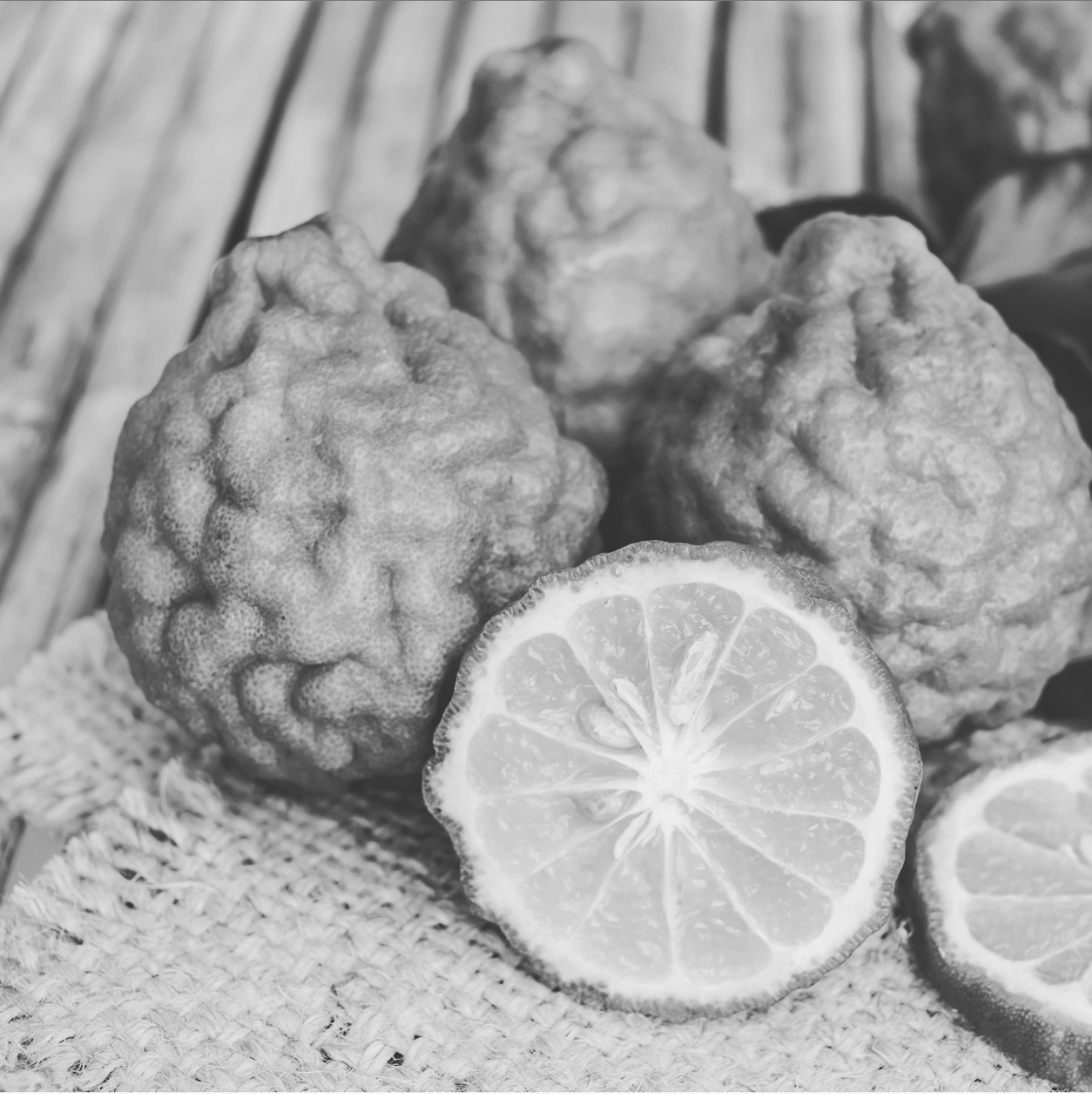In previous centuries, people were afflicted with illnesses caused by bacteria and viruses that were opportunistic infections, preying on people who lacked immunity, had poor immune function, or both. In modern times since science has nearly eradicated all of these diseases, however, the majority of problems have arisen due to negative trends in lifestyle. Poor diet, lack of exercise, terrible sleep patterns, and exposure to carcinogens to name a few are predisposing people to develop type II diabetes, congestive heart failure, atherosclerosis, cancer, stroke, and many other problems.
Out of all of these, diseases of the cardiovascular system are some of the most abundant – with stroke and heart attack being two of the most prevalent causes of mortality in the world today due to the fact that we just aren’t that active anymore, we’re sleep deprived, we’re stressed, and we eat pretty poor diets as a population. Irregular cholesterol levels are referred to as dyslipidemia. Dyslipidemia is an important risk factor in atherosclerosis, or the hardening and calcification of the coronary arteries as well as other arteries of the body, which will greatly increase your chances of experiencing a heart attack or stroke. Dyslipidemia is specifically categorized as an increase in LDL and total cholesterol, an increase in HDL, and an increase in blood triglyceride levels. It is therefore important to counteract these changes as doing so is associated with a reduction in cardiovascular events, morbidity, and mortality.
Aside from obvious changes in lifestyle that should be investigated and adhered to, medically there are several effective ways to treat dyslipidemia to proactively reduce your risk of cardiovascular events. One of the most popular ways to do this is via a statin, which works to block an enzyme in the liver responsible for the synthesis of cholesterol. While statins are very effective, hence their popularity, they also come with side effects that tend to have a dose dependent correlation. They tend to be hepatotoxic and usually cause an increased strain on the liver, and they can cause a significant amount of muscle pain and weakness, aka myopathy. These side effects are undesirable.
Enter Citrus Bergamot. Citrus Bergamot is a citrus fruit primarily located in southern Italy. It has anti-oxidant, anti-inflammatory, and is a significant cardiovascular protective with statin-like effects. It contains a variety of volatile chemicals and flavonoids used extensively in the food, pharmaceutical, and cosmetic industry.
Of specific interest to the person with dyslipidemia is that the flavonoids contained in citrus bergamot: neoeriocitrin, naringin, and neohesperidin, have significant statin like effects on blood lipids and cardiovascular protective benefits. It does this by limiting HMG-Coa reductase which is the rate limiting factor in the production of cholesterol in the liver. The flavonoids neohesperidin and naringin share a similar molecular structure to statins and tend to accomplish this goal as well by binding to the active site where HMG-Coa binds.
There have been a variety of animal and human studies so far of citrus bergamot and while there were weaknesses in some of the studies the consensus is that citrus bergamot is effective in reducing LDL and total cholesterol, as well as increase HDH and reduce blood triglyceride levels in some studies, although not all of them. Typical results were noted with 500mg-1000mg daily doses for 1 month and longer timeframes. To quote one of the most promising studies:
“A randomized, double-blind, placebo-controlled clinical trial evaluated bergamot (500 mg or 1,000 mg per day) for three months to reduce total cholesterol, reduce LDL, and increase HDL. A total of 237 human subjects were enrolled in the study. Total cholesterol was reduced by 20% (500 mg of bergamot) and 30.9% (1,000 mg of bergamot). LDL was reduced by 23% (500 mg bergamot) and by 38.6% (1,000 mg of bergamot). HDL was increased by 25.9% (500 mg of bergamot) and by 39% (1,000 mg of bergamot).”
In conclusion, the typical approach to health and wellness is usually a risk to reward ratio. The person considering said treatment, plan, practice, habit, etc. must consider how much they need it, the reward to be gained, and the risk involved. In this case, the majority of people in western culture to tend to have a diet more favorable towards dyslipidemia looking to improve their blood lipids to control the risk factors that increase the probability cardiovascular events can benefit from citrus bergamot supplementation as minimal, if any side effects have been noted with supplementation, it is available over the counter, and is a cost effective method that should be considered in any treatment plan to control cholesterol levels.
References
Nauman, M. C., & Johnson, J. J. (2019). Clinical application of bergamot (Citrus bergamia) for reducing high cholesterol and cardiovascular disease markers. Integrative food, nutrition and metabolism, 6(2), 10.15761/IFNM.1000249. doi:10.15761/IFNM.1000249
Mollace V, Sacco I, Janda E, Malara C, Ventrice D, Colica C, Visalli V, Muscoli S, Ragusa S, Muscoli C, Rotiroti D, Romeo F. Hypolipemic and hypoglycaemic activity of bergamot polyphenols: from animal models to human studies. Fitoterapia. 2011; 82 (3): 309–16

